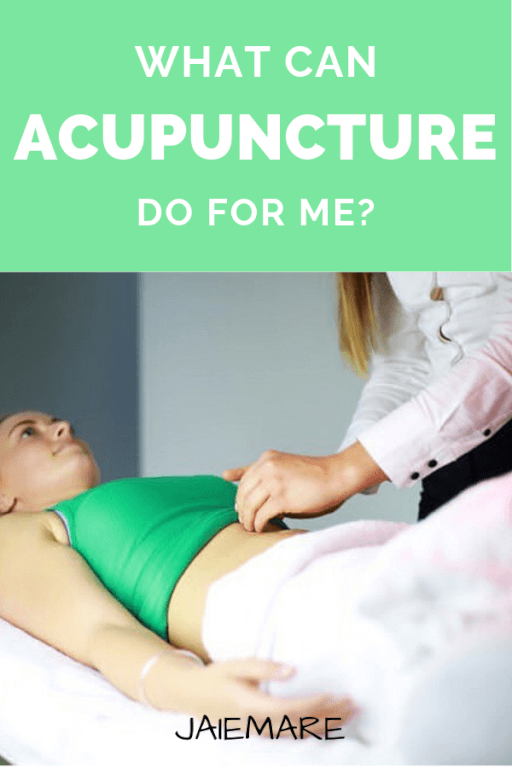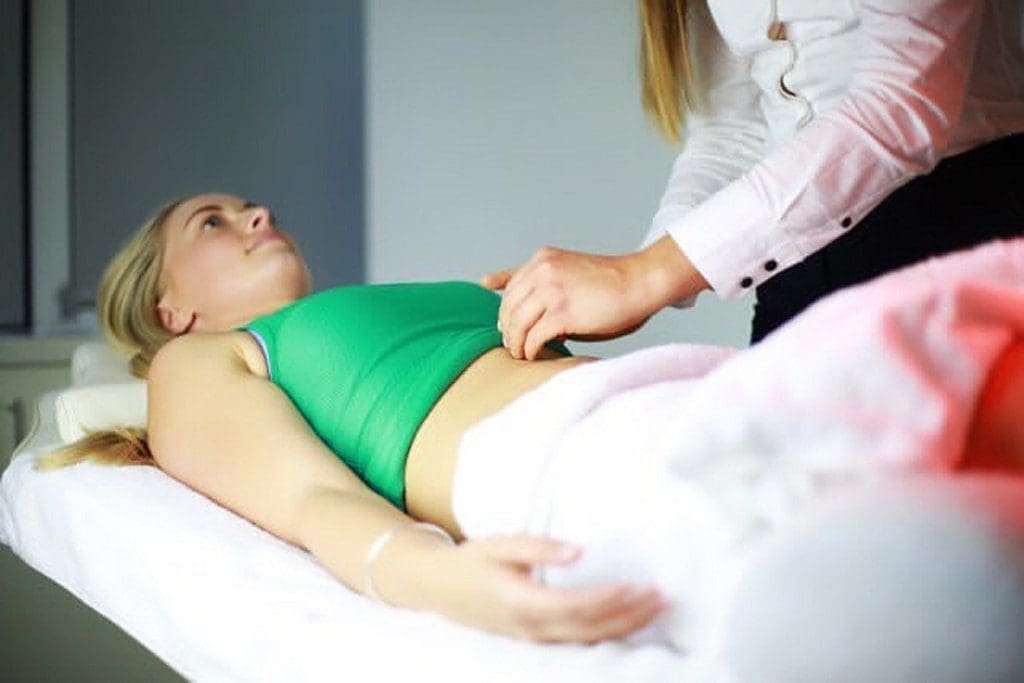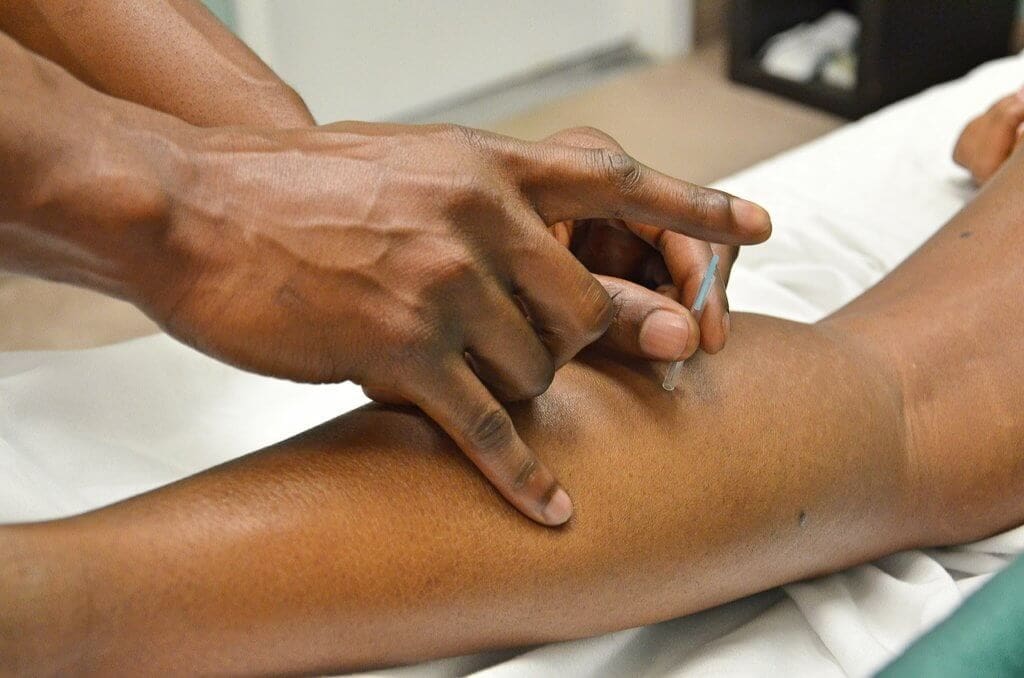WHAT CAN ACUPUNCTURE DO FOR ME?

In an environment of stress, illness, and disease, acupuncture is a relaxing way to calm the body, restore balance and well-being.
Acupuncture was developed in China over 2,500 years ago to treat illness and prevent disease.
Acupuncture treatments and Chinese medicine are a drug-free, safe, natural and effective way to support and strengthen the systems of the body that are involved in the production of Qi (pronounced “chee”).
Qi is the vital energy that animates the body and protects it from illness. When there is an imbalance or blockage in the flow of Qi, sickness and chronic pain may result.
Acupuncture Treatment
The whole-body approach to relief involves determining your body’s imbalances by a practitioner asking about your health history and performing a physical exam.
A detailed treatment plan can involve recommending herbal remedies, massage, and stretching to support your health and boost your immune system.
During acupuncture sessions, the patient can expect thin, sterile, disposable needles to be inserted in specific areas of the body to stimulate the body’s natural healing process to get relief, stress, anxiety, and pain throughout the body.
Where you feel pain isn’t necessarily where the needles will be inserted. The community acupuncture place I go to, the acupuncturists practice a style of acupuncture which mostly uses points in the hands, feet, and head to treat problems anywhere in the body.
For the back pain I experience, tiny needles are placed in my hands and the inside of my legs to treat my spine. There are points in the ears that can treat different parts of the body as well.

By needling the acupuncture points, the nervous system is stimulated into releasing chemicals in the muscles, spinal cord, and brain.
These chemicals, called endorphins, can reduce pain and influence your body’s immune system to restore balance.
Upon the acupuncture needles being inserted in my skin, it feels like a dam being opened and water being released except I believe this my blocked energy being unlocked through the increase of blood flow to the problem area.
I instantly go into this meditative state of relaxation and feel my muscles let go and relax into the lazy boy chair.
What Does Acupuncture Treat?
Chances are that you or someone you know has been affected by the following:
- Allergies
- Arthritis
- Asthma
- Autoimmune Disease
- Back Pain
- Cancer
- Carpal Tunnel Syndrome
- Colds & Flu
- Depression
- Digestive Disorders
- Fibromyalgia
- Headaches
- Insomnia
- Neck Pain
- Opioid Addiction
- Pain
- Post Traumatic Stress Disorder (PTSD)
- Stress
- Hormone Imbalance
- Lung Allergy
News flash, acupuncture can help with these common conditions and more! The good news is using a natural approach can put you on a path to a healthier lifestyle.
Many of these conditions respond well to acupuncture. The cost benefits alone are something to pay attention to especially if you pay a co-pay.
It can be cheaper to seek treatment at a community acupuncture cooperative versus paying co-pay fees for care at a health clinic.
The number of treatments and length of time to notice changes can vary and takes patience. Some individuals can notice a difference quickly after one treatment than others.
Alternative treatments combined with conventional methods along with adopting some simple lifestyle changes can lead toward a healthier, happier, pain-free life.
How Acupuncture Helps
I am not saying you should fast track to the nearest acupuncture and wellness clinic and not consult a medical professional, but take this into consideration for a few seconds.
Which is more beneficial to health, taking just prescription medication for anxiety, pain, and other recurring conditions that can lead to developing an addiction and long-term health problems?
Or leverage acupuncture treatments with conventional health treatments that can eliminate symptoms and potentially reduce the need for medication?
Even with health insurance, one of the roadblocks to maximizing healing and recovery is the cost of co-pays. Community acupuncture fees are comparable to most patients’ co-pays.

Acupuncture treatments at a private office which can range from $75 to $95 for an initial visit and $50 to $70 for routine visits.
The location I visit (Minnesota Community Acupuncture) once a week has a sliding scale from $20 to $40 with patients paying what they can afford based upon the number of treatments they need.
To make acupuncture accessible and affordable, practitioners see multiple people at once instead of seeing one patient at a time.
The acupuncturists recommend staying an hour to rest and receive the holistic benefits. An added bonus, military veterans get one treatment free a month where I get acupuncture.
What a great way to promote a natural approach to health and healing. One treatment a week for an hour over a course of 4-weeks at $160 a month or $280 a month? That is a 50% savings for lasting benefits.
By making treatments affordable, patients can come in often enough to really get better and stay better long term.
Why Acupuncture Is Worth A Try
Here is one more point I have to offer for a common problem that affects 80% of all individuals at some point in their lives, back pain.
In a recent German study, patients reported the acupuncture treatments they received were more effective for lower back pain that most conventional treatments.
In addition to practicing self-care techniques to improve posture, exercise, and managing stress, acupuncture can restore the body back to its natural balance.
Give acupuncture a try. What do you have to lose except an hour of your time to meditate?
For additional self-care tips and ideas for pain-free living, check out my post, Daily Self-Care Checklist.
<script> __ATA.cmd.push(function() { __ATA.initDynamicSlot({ id: 'atatags-1608172891-6736683c3aed2', location: 120, formFactor: '001', label: { text: 'Advertisements', }, creative: { reportAd: { text: 'Report this ad', }, privacySettings: { text: 'Privacy settings', onClick: function() { window.__tcfapi && window.__tcfapi('showUi'); }, } } }); }); </script>
Reply